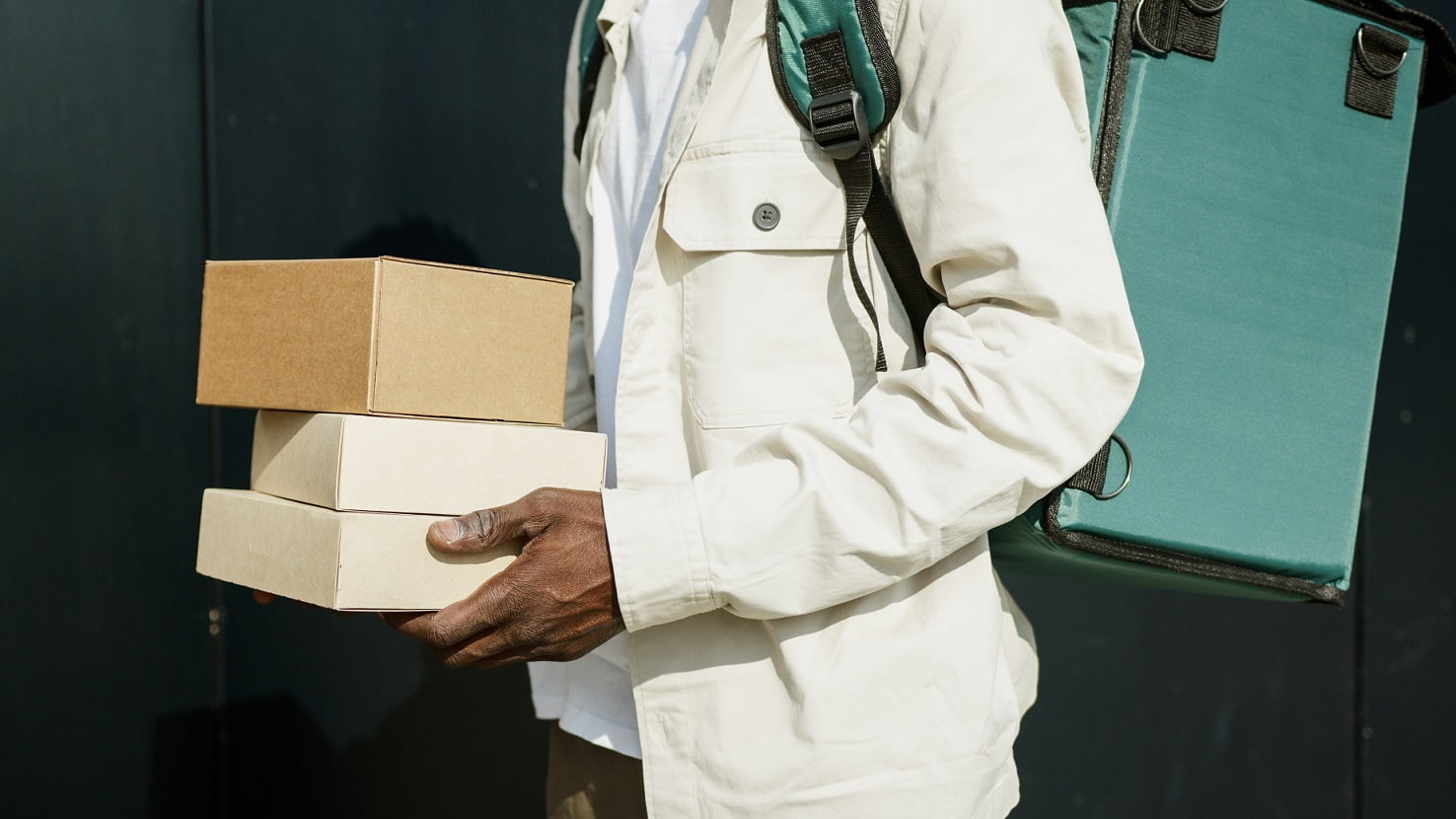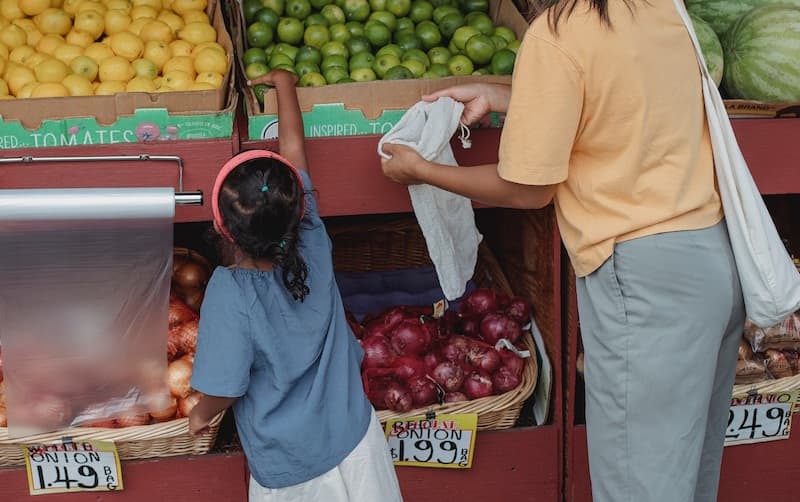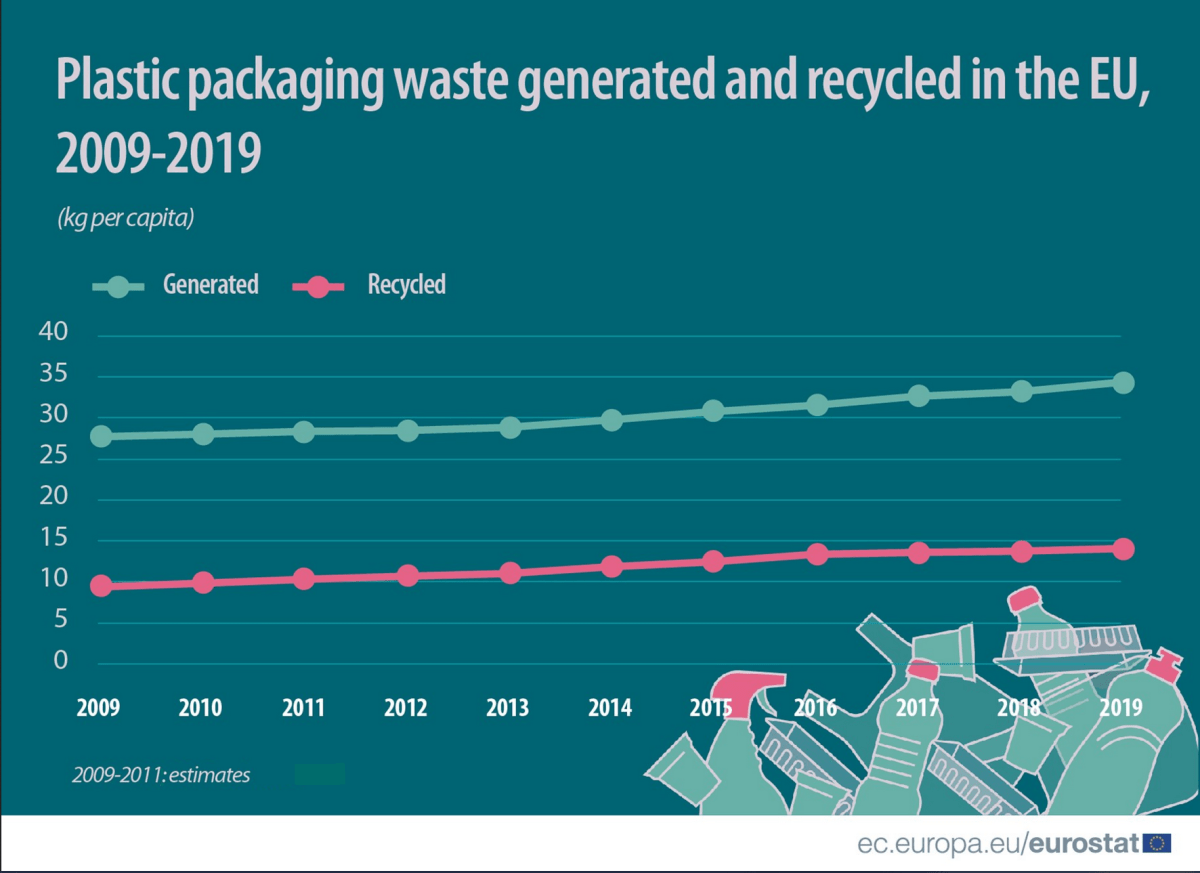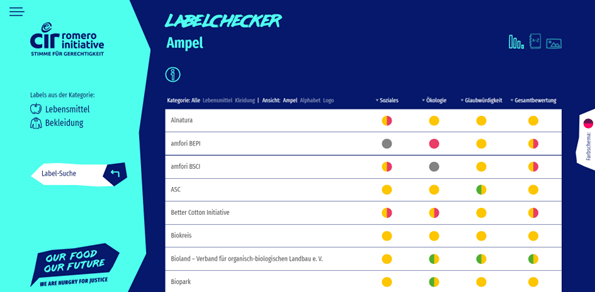Chapter #4
A Package Deal
This month’s Komoneed Collective Forces article concludes the series. The Chapter 4, “A Package Deal”, will inform about reusable and compostable packaging options and outline the meaning of specific sustainability labels.
If you haven’t done so, you should read the previous Chapters to gain knowledge on even more sustainability-related topics. Now, let’s focus on packaging and labels – how important are they and what are the options?
Packaging Matters
In order to highlight the relevance of the packaging topic itself, we only have to look at our immediate surrounding. Chances are, wherever you are and whatever you are doing right now, there are numerous products around you. These products, depending on what they are, most likely are still within some form of packaging or at least were packaged when you initially bought them. Can you try to remember a product you bought recently that didn’t have any packaging to it? Probably not, or at least it took some effort to think of an example.
The thing is, packaging isn’t only everywhere, it of course also has an immense impact when it comes to sustainability. According to the European Commission, the generated packaging waste per inhabitant in the EU was estimated at 178.1 kg in 2019. And when further analyzing the treatment of this packaging waste, we unfortunately find that only a very low portion of the waste gets recycled.
Graph illustrating the plastic packaging waste generated and recycled
Globally speaking, only around 9% of all plastic gets recycled. And, as we all know, plastic can take several hundred years to degrade. In the meantime, there is huge potential for harming sea life, polluting the environment and harming human health.
Yet, we continue to consume products with excessive packaging. While it’s important to note that for most products, packaging is essential to enable transportation and conservation, that does not excuse any and all types of packaging. Also, with plastic packaging accounting for almost 70% of all plastic waste (according to WRA), this explains the strong focus on plastic. Moreover, in the last five years, according to research commissioned by WWF, online searches for sustainable goods have climbed by more than 70% and continue to rise. So, we have a certain level of awareness around the issues and a desire to improve. What now?
Compostable Packaging
However, a solution to some of the mentioned problems could be compostable packaging. This sector is already booming in markets like Italy, South Korea, UK and Spain. For example, in 2019, Italy consumed around 110,000 tons of compostable packaging, compared to less than 40,000 tons in 2012. There are many advantages to compostable packaging: they can reduce carbon emissions, reduce water usage, and rely on renewable sources.
Reusable Packaging
There is so much waste generated in situations where it isn’t strictly necessary. This has much to do with our consumer preferences and habits, which companies cater to. But there is also change. One key issue is in how we look at resources like packaging to be disposable, thrown out after use. Instead, we need a larger-scale mindset shift to valuing packaging and using it accordingly.
To put this mindset into action, one way is simply getting creative and repurposing packaging once it’s been used. This can look like using glass jars for storage, bottles as vases, or even more advanced art projects. If you need some inspiration, you can find here 25 ways to upcycle packaging materials.

Another shift can be in the earlier stages of packaging, within the companies’ scope of responsibility. For example, we order a lot of food online and then throw away the containers. What if we reused these containers instead?
One great example of this is the German startup VYTAL produces reusable food packaging. It makes items like bowls, trays, mugs, and sushi and pizza packaging from recyclable polypropylene. The startup also provides a free return system through a mobile application. Upon return, VYTAL checks and cleans the returned items in a gastro dishwasher for reuse. Moreover, they provide restaurants with reusable containers and marketing materials, sign them up on their app and feature them on social media.
Label the World
Moving on to the topic of labels, there are tons of variations, meanings and regulations surrounding it. That is why consumers are simply overwhelmed by labels – and who can blame them? How is someone supposed to be familiar with that which label means, how credibly it is, who controls it? It’s unreasonable to expect consumers to research all labels in their free time, and companies at times exploit that. Knowing the limited knowledge around labels, it’s fairly easy as a company to create your own label, which is not legally bound to any certified standards, and thus deceive consumers.
To counteract this, there are several online resources to help you in better understanding the plethora of labels that are used by companies on there products. You can use this or this link as starting points.
However, in this article we want to focus on carbon footprint labels. They exist from various types of companies – one such example is CarbonTrust, a company that has been working around decarbonization for around 20 years around the world. Depending on the exact type of label, they may inform consumers of the carbon impact of a product in various ways. Concepts such as carbon neutrality on the rise, which have both merits as well as important criticism linked to them. Overall, one cannot reduce a product to one small label, but it does help to assess the sustainability effect, at least to some extent. So, while a product with a carbon-neutral label is generally better than one without – that is not necessarily the case, as there are more factors that a carbon label cannot consider. Think of the sourcing conditions of a product’s ingredients, the social impact it has, and the kinds of resources used, among others.
So, while labels are helpful in quickly indicating information to consumers, we do not always know the credibility of the information conveyed or may not even be familiar with the label and its meaning. Also, labels cannot include everything, and are always to be taken with a grain of salt. As always, sustainability is too complex to be captured in one tiny logo element. Therefore, once again, we need to be aware of this complexity and act accordingly.
That’s All Folks!
This concludes the last chapter of the Komoneed Collective Forces series. Stay tuned for more informative and thought-provoking articles and join our community!
Now, let us know…
- Which sustainability label do you look out for in products, if any?
- Have you ever upcycled any of your product packaging waste? What did you do?
- Do you correctly recycle at your home? And do you compost?
- Have you every tried the no-waste products such as shampoo and conditioner or even body lotion bars? How was your experience?

Once Again, We Would Like to Thank
ESCP Europe JCP Team:
- Merina Elaichouchi
- Nina Giannotta
- Kathleen Halioua
- Milena Mielcarek
- Lisa Ryckeboer
- Berangere Tichet
- Thibault Koenig
Editor: Chiara Richter
Sources
- Inside Packaging
- Carbon trust
- Packaging waste statistics – Statistics Explained (europa.eu)
- VYTAL
- LS:N Global
- 25 Brilliant Ways to Upcycle Packaging Materials | Pregis
- Coca Cola launches a bottle made from 100% plant-based plastic (newatlas.com)
Images
- Kamaji Ogino, Pexels
- Artem Podrez, Pexels
- Ekaterina Bolovtsova, Pexels
- LabelChecker








loved this series, cool idea! and thanks for the additional links, I will look into the upcycling ideas ☺️
right now I recycle my waste but I can’t compost because of the apartment I live in..
so When I tried a conditioner bar I had really high hopes that it would work great but that wasn’t really the case.. I do love soap bars & body wash bars!
Thanks Emily! Probably, the best micro-trend here is the transformation from liquid to solid making the content its own package
I repurpose many of my glass jars actually – as containers, or as vases. The rest I recycle
That’s so cool Emma! Thak for giving your day-to-day example… If one wishes, it’s simple to change!
I really wonder about packaging things, how come companies even create packaging for products like bananas or peeling eggs & then putting them in plastic? It’s just so crazy to me, but I’m glad overall we are moving somewhat away from that
Who knew compostable packaging could be so exciting? Cant wait to see whats next!
did you guys read about The Komoneed Collective Forces #4? I mean, Chapter #4 was mind-blowing! And can we talk about Packaging Matters? So important! #CompostablePackaging is the future, my friends! 🌱🌍💚
who knew packaging could be so fascinating? Cant wait to read chapter 4 of The Komoneed Collective Forces!
Chapter #4 was mind-blowing! Who knew packaging could be so fascinating? #KomoneedCollectiveForces
Chapter #4 of The Komoneed Collective Forces is mind-blowing! Cant wait to discuss the importance of compostable packaging in A Package Deal.